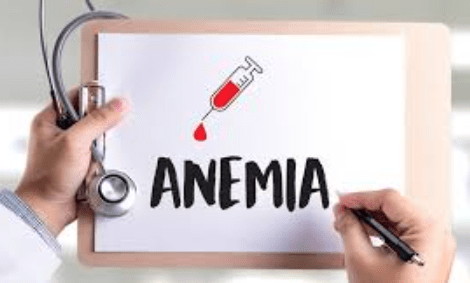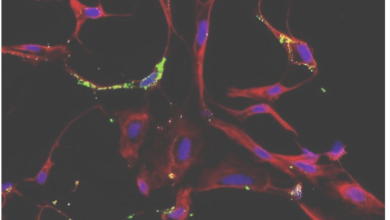“Conquering Anemia in Chronic Kidney Disease: The CERA Approach”

“Conquering Anemia in Chronic Kidney Disease: The CERA Approach” You’re in the heart of Poland, where delicious pierogies and stunning landscapes abound. But instead of savoring the local delicacies or taking in the breathtaking sights,
you find yourself caught up in a tale of kidneys and anemia. Fear not, for this story is far from your ordinary medical jargon. It’s an adventure full of twists, turns, and a pinch of humor, as we delve into the NAVIGO trial’s quest to conquer anemia.
READ: “Amazon’s ‘Invincible’ Surprises with Word-of-Mouth Success, Says EP Marge Dean at MIA Market”
Table of Contents
The Characters of Our Tale Anemia
Dr. Michal Nowicki and his band of researchers are the heroes of our story. Their mission? To figure out if a substance called methoxy polyethylene glycol-epoetin beta, or CERA for short, can help those suffering from chronic kidney disease (CKD) and the pesky companion, renal anemia.
The Heroes’ Journey Anemia
Our brave researchers gathered 247 patients from 26 centers across Poland. These patients were no ordinary folks; they were receiving dialysis for their kidney troubles. 224 of them were on the rock-n-roll hemodialysis, while the other 23 were grooving with peritoneal dialysis. But they all had one thing in common: anemia was their arch-nemesis.
Now, these patients couldn’t be using any erythropoietin stimulating agent, and they needed to have their iron levels in check. Over the course of 12 months, the researchers gathered all sorts of data: how much hemoglobin these patients had in their blood, how they took their CERA (the magic potion), and whether they encountered any hiccups along the way.
The Results: A Colorful Transformation
As the story unfolded, our heroes discovered something magical. After some time with CERA, almost everyone’s hemoglobin levels rose above 10 g/dL. Think of it as a superhero power-up, and a whopping 90.9% of hemodialysis patients and 96.0% of peritoneal dialysis patients felt the effects.
At the start, only 7.8% of the group had hemoglobin levels between 10 and 12 g/dL. But, after 12 months of CERA action, the percentage grew to a mighty 63.3%. Our heroes even calculated that the average time for keeping hemoglobin levels in this sweet spot was around 115 days.
However, not all adventures go smoothly. Some patients got a little too much power, with up to 24.1% of hemodialysis patients and 31.8% of peritoneal dialysis patients having hemoglobin levels above 12 g/dL after seven months. But fret not, as this journey was well-tolerated, and CERA seemed to play nice with everyone.
A Tale of Triumph
In the end, our heroes proclaimed, “CERA can indeed conquer anemia in CKD patients on dialysis. It keeps hemoglobin levels in the safe zone, and it’s about as safe as a knight in shining armor.” Their quest was a success, proving that sometimes, even in the world of medicine, there’s room for a bit of magic and a dash of humor.






